Save our spikes! – Miss Morris
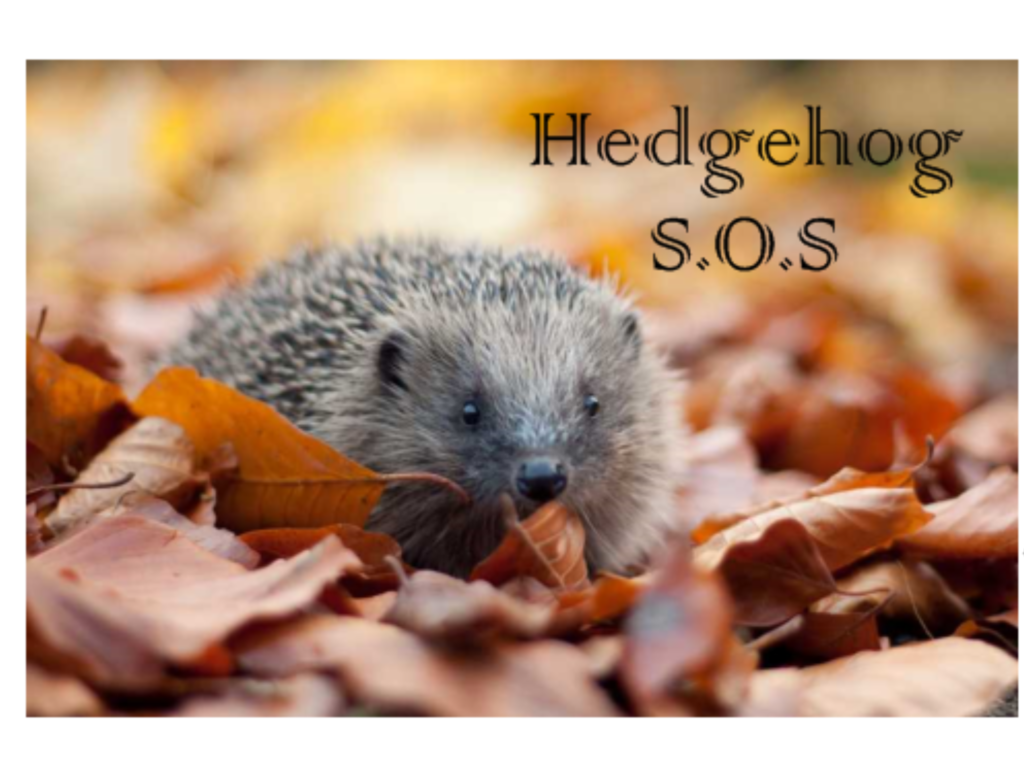
As the weather warms up, hedgehogs will be starting to come out of hibernation. Here at RHS we have had a healthy population of these adorable little creatures in the past, but in the last year or two the numbers seem to have dropped off markedly. As a registered Hedgehog Champion (yes, that’s a thing!) I am keen to get people more knowledgeable about hedgehogs, as well as hopefully encouraging some helpful behaviour to bolster the numbers of this rapidly declining iconic British mammal. If you are interested in helping, please do get in touch with me!
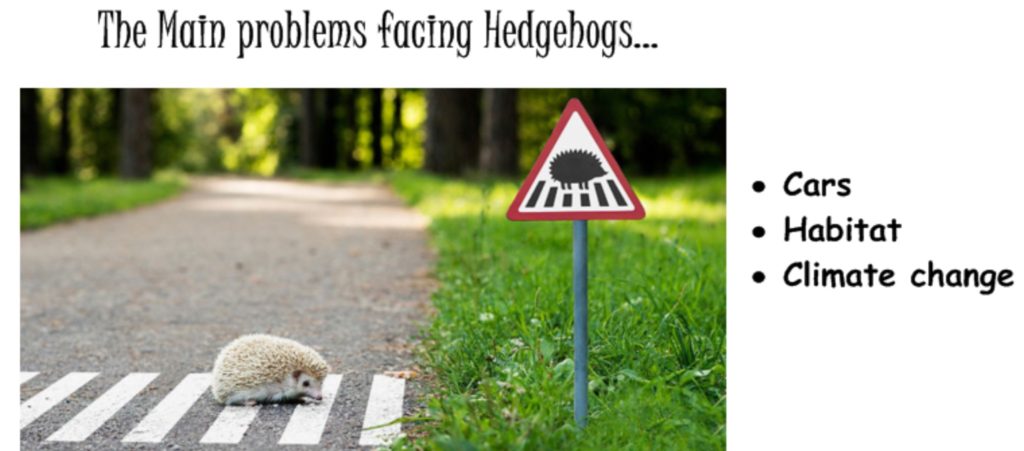
A Spiny Issue
I imagine most of us probably think hedgehogs are very cute – and they undoubtedly are – but did you know that they are now one of the most endangered species in the UK? Hedgehog numbers are thought to have declined by over a third between 2003 and 2012. Since then, numbers have continued to decline. So why is this once familiar, snuffling, night-time sight increasingly rare?
The main problems facing hedgehogs are as follows:
1) Cars. This has been a problem for decades, and road deaths are, sadly, a frequent sight on the roads around RHS.
2) Climate change. Due to changing temperatures across the year, hedgehogs are breeding at odd times, and their hibernation is being disturbed. In addition to this, the scorching summers can lead to a lack of food sources and water, meaning dehydration, starvation and the inability of mother hedgehogs to support their young.
3) Habitat. In the past, lots of gardens were wilder spaces, with less fencing, concrete and pesticide use. Hedgehogs need to roam, covering over a mile a night, and need to be able to access dozens of gardens each night. With increasingly paved drives, manicured lawns and secure fencing, hedgehogs simply can’t cover the ground they need to eat enough. Use of pesticides – and slug pellets in particular – poison hedgehogs, either directly through the substances themselves, or through eating poisoned slugs.
Any one of these issues alone is obviously a serious consideration, but when several of them occur at the same time, the effect on hedgehog populations can be devastating. The good news is you can do quite a bit to help your local hedgehogs! More on this later in the article.
Hedgehog Behaviour
If you have been lucky enough to see hedgehogs in the wild, you will already know how endearing they are. Because of their remarkable ability to protect themselves against most predators, they are not shy and retiring; they do curl up when they feel threatened, but if you are still and don’t bother them, they will usually uncurl and go about their business, letting you get pretty close to watch them. The breeding season usually starts in March, and the courtship can be pretty feisty – males will fight over females, and the actual mating is quite a noisy affair! Female hedgehogs usually have one or two litters a year, and it is enchanting to see a mother with a gaggle of young hedgehogs trundling along after her on a summer’s evening. Cats and most dogs can’t pose a threat; only badgers can unroll and kill a hedgehog, so they tend not to be found where badgers are present. Gardens afford the perfect opportunity for their nightly hunting forages – and, contrary to popular belief, they do not only eat slugs (although they will do so, with noisy gusto); they also eat spiders, beetles, larvae and other common garden pests, so are to be encouraged by ecologically-minded gardeners!
A Healthy Hog?
I have been in contact with a local wildlife sanctuary for a number of years now, and every year I have taken sick and wounded hedgehogs to this wonderful place where they are almost always cured of whatever potentially deadly condition they face. I have come to know quite a lot about hedgehog care, and can even now do some of the basics myself. However, if you see a sick or wounded hedgehog, please contact me as a matter of urgency, as they can succumb to illness very quickly. Healthy hedgehogs are ALWAYS nocturnal; if you see one during the day, even if it seems physically fine, something WILL be wrong with it; please let me know as soon as possible.
Common issues include:
1) Ticks and fleas. Yes, hedgehogs do have fleas. You can see them between the spines; however, they are host-specific and won’t bother you. Ticks are more of a concern. These white blood-sucking parasites are usually about the size of a pea, and fix themselves firmly to the hedgehog to feed, often around the ears or face. A healthy hedgehog will be okay with a tick; but if the hedgehog is poorly, or young, then it can become a serious problem. Never try to remove ticks yourself; get a trained individual to do it, as if parts of the tick break off they can cause infection.
2) Lungworm is a major issue for hedgehogs. Nearly all the hogs I’ve taken in have had it; again, it needs professional treatment, and will need to be done as it is a heavy drain on a hedgehog. If you find very wet or greenish hedgehog droppings, chances are your hedgehog might be infected; in which case, you are more likely to see it out during the day, and can get it brought in for treatment.
3) Flystrike. This is one where if you find a hedgehog with flystrike, you MUST act IMMEDIATELY. Flystrike is when flies lay their eggs on a hedgehog, often on a wound. The eggs will hatch into maggots and start to eat the hedgehog; if a hedgehog is found with a patch of what looks like yellow dust on it, it has flystrike, and if it is not treated, it will be dead within a matter of hours. If you find a hedgehog with flystrike, get an adult to help you IMMEDIATELY – get the hog to a vet, who can treat it.
4) Another issue you would need to deal with is injury. Sadly, this is a regular problem for hedgehogs. Strimmers in particular can cause horrific and devastating injuries, and if the hedgehog survives, it will often end up with an infection or flystrike on the wound. Again, any wounded hedgehog must be taken to a vet, or preferably to a local hedgehog specialist.
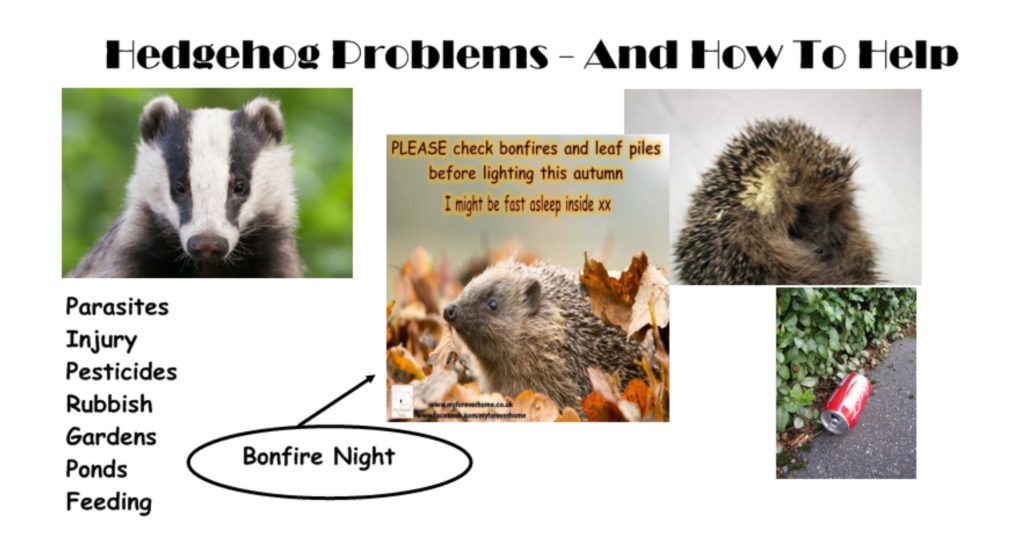
How To Be A Hedgehog Champion!
So – you know how to help a sick or injured hedgehog now, but how else can you help? Here are the top tips for becoming a hedgehog champion:
1) Don’t use pesticides in the garden. Encourage your parents to use alternative methods of slug control, and remember, a hedgehog is a natural slug assassin!
2) Rubbish. Hedgehogs often get themselves stuck in cans and plastic rubbish, and can die as a result. Ensure you keep your garden (and local areas) free from such rubbish.
3) Go natural! Try to leave some areas of your garden wild. This involves letting grass grow longer, with wild flowers (or weeds!) to attract the insects and invertebrates which will, in turn, attract your hedgehogs! This also provides safe nesting opportunities.
4) Ask, if your garden is fully enclosed with a wooden fence, if you can make a small, CD-sized hole for access somewhere.
5) Water. Food can be expensive to provide, but a few bowls of water are INVALUABLE for hedgehogs, especially in more urban areas.
6) If you have a pond, make sure there is a ramp in it so any hedgehogs who fall in can get out again.
7) DON’T put out bread and milk – it’s actually really bad for hedgehogs (who are lactose intolerant.) Cat or dog food is good, but can get scoffed by other night-time prowlers (cats are especially notorious for this). Dried mealworms make a good treat, and you can buy special hedgehog food mixes. Or you can create a hedgehog feeding station safe from other animals – the RSPB give directions on how to do this online!
8) In October and November, CHECK BONFIRE PILES. Every year, hedgehogs who have started to hibernate are burned alive; always check such piles very carefully before lighting, or, ideally, only build them that day.
9) Compost heaps are a haven for hedgehogs. Do be careful not to cut into the heaps with garden forks or spades – turn it carefully to check for any sleeping hogs or hoglets.
10) In the autumn, leave some fallen leaves around for hedgehogs to make their nests!
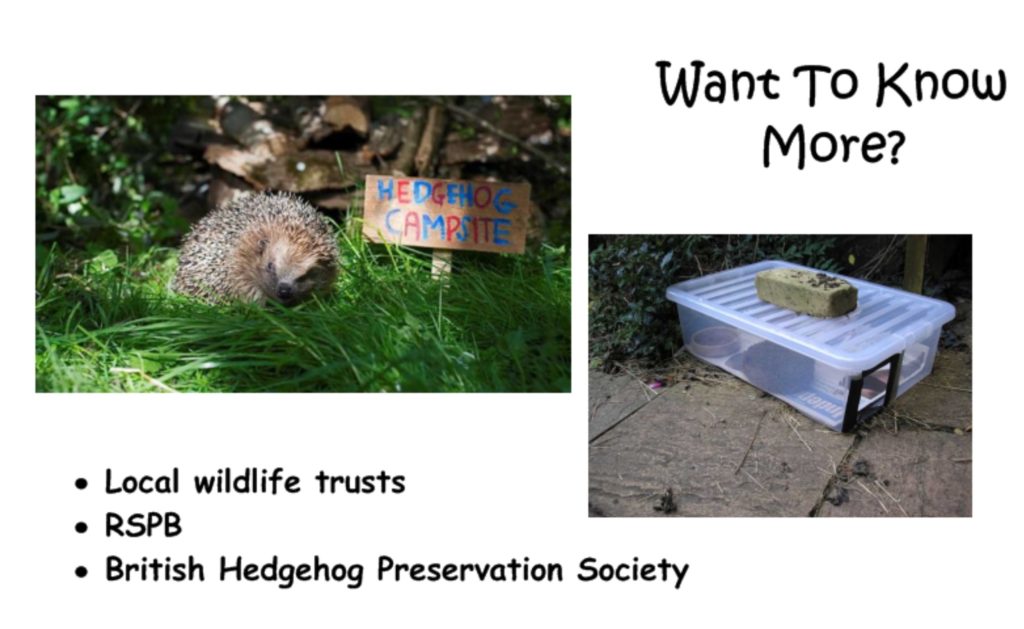
So, hopefully you’re now clued up on hedgehogs, and eager to help this lovely animal. For further information, the wildlife trusts, such as the Essex and Suffolk trusts, are excellent and very supportive. The RSPB and Tiggywinkles (a specific hedgehog charity) are also good places to look for more information and ideas for conservation projects. And remember, keep your eyes open for sightings of these cute little creatures around RHS – let’s keep the school a hedgehog-friendly haven!
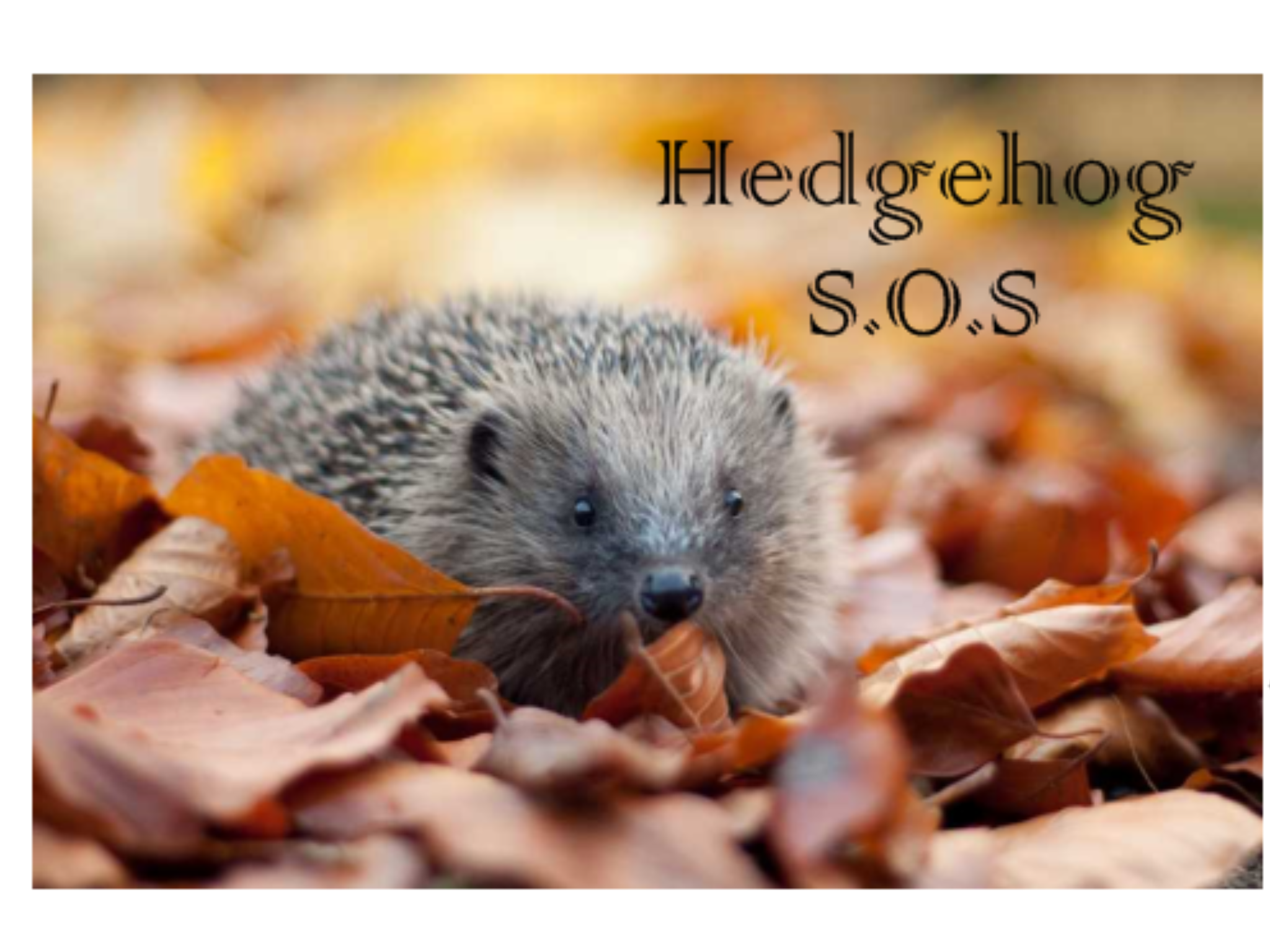














1 comment